Do you live in an older home and don’t know how to improve energy efficiency without changing the features you love most about it? With a whole-house approach, you can start seeing reductions in your bills in no time.
Energy Audit
An energy audit is the best way to evaluate your home’s energy efficiency. A professional auditor will provide recommendations on how to make improvements that will reduce your bills. Energy audits help identify where it’s necessary to make changes in your house. This is important for older homes, particularly because air sealing can dramatically alter how moisture moves through the structure. Ideally you want to find a company who understands older buildings. You can also complete your own energy audit with the aid of our DIY Energy Audit.
Insulate
Insulation is one of the best ways to ensure that you don’t waste money on heat or cool air that’s just slipping through the cracks. Insulation may not have been included in older homes, or it may just not be very effective due to the wear and tear of time, so it must be installed properly, with particular attention to ventilation so that the insulation doesn’t become damp and lose efficiency or start to mold. Some key places to insulate in your older home that pose the least amount of risk are the attic spaces, crawl spaces, around the water pipes, around HVAC ducts, and in basements. If you’re considering insulating the walls, you might want to consult an expert, as it may not be cost-effective.
Air Seal
Older homes are often drafty due to leaks, so it’s important to seal up the cracks and gaps in the foundation, walls, roof, windows, and doors to reduce air infiltration. A good option for sealing leaks is weatherstripping. Weatherstripping is used to weatherize your home and block drafts from areas where air tends to leak into or out of the house. Weatherstripping is ideal around movable joints like doors and windows, as well as on ducts. Weatherstripping is not ideal for all drafts that might need to be sealed; some instances, you will need to use caulk. These areas include cracks in brick and molding, larger cracks and areas where the draft is between two different materials, such as wood and metal or vinyl and brick. In these cases, caulk should be used to insure you have a stable, longer-lasting seal to block the leaks. These two options are cheap and will keep your home more comfortable, allow for better indoor air quality, reduce wasted energy, and reduce he money you spend on energy bills.

Windows
It’s good to keep your windows in mind because they can account for 10-25% of your heating and cooling bills. If the windows in your home predate 1950, then the wood is probably more warped and rot-resistant than modern wood, and is also better able to hold paint better than modern wood. It may be in your best interest to conserve older windows, as repairing older wood windows is generally cheaper than replacing them. To get more energy efficiency from your older windows, make sure to add weather stripping and caulking. You might consider storm windows as well for further energy savings, as they can lessen the window’s heat loss by 25-50%. Look for double-paned storm windows that have “low-e” coatings.
Doors
Doors are a prime source of air infiltration, especially since they are being opened and closed all the time. Weatherstripping is good for movable parts such as a door, so to reduce drafts, you can weatherstrip the sides and top of the door. Additionally, you can install a door sweep between the bottom of the door and the threshold to block the air.
Chimney
Chimneys can be a huge source of energy loss when you’re not using them, and time doesn’t do it any favors, as a consistent use of the chimney causes the metal dampers to warp and create cracks that let air escape. Not only does this cause your house to be more uncomfortable with the cold drafts that are able to enter your home, but you are also losing money from the wasted heat leaving your home. To reduce those drafts, keep the fireplace flue damper closed when your fireplace is not being used, and seal any leaks that you may discover.
Attic
Attics are one of the largest areas for leaks because they are often improperly insulated against the elements. Without proper insulation, as heat rises, it goes right out of the attic during the winter – or it stays in the attic during the summer and makes your HVAC have to work twice as hard to cool your home. Very few homes that are over 5 years old have proper insulation in their attic space, so check on your insulation and replace it if necessary. Besides poor insulation, another reason attics are often such a huge source of energy loss in a home can be attic hatches which are not sealed and don’t have doors. The best and easiest way to prevent this loss is with an attic hatch cover. If your attic has a door or pull-down stairs and opens into a finished area of the building, then you should consider using weatherstripping for stairs and air sealing gaskets for hatch doors.
Recessed Lighting
Insulation generally cannot be placed directly on recessed lighting, especially with older models of lights, because it presents a fire hazard. That makes the lights prime areas for heat loss. Using draft stoppers and sealing them can reduce the risk of fire, as well as reducing the amount of heat conduction and air loss caused by open light fixtures.
Ducts
You can lose huge amounts of energy, not to mention money, if your HVAC ductwork is leaking. It will also cause you a great deal of discomfort, since the heating or cooling won’t reach the vents at the proper temperature or pressure. For this reason, it is very important to perform a leak test on existing ductwork, either to make sure there are no leaks or to find and repair any leaks that there may be. Once you determine there are leaks, these need to be repaired and you may also want to consider insulating your ductwork.
By keeping an eye on your home’s conditions, you can increase and maintain energy efficiency and make sure your old home isn’t draining energy or your wallet. The Energy Conscious has all the tools and products you need for weatherization, as well as experts on board to help answer questions.
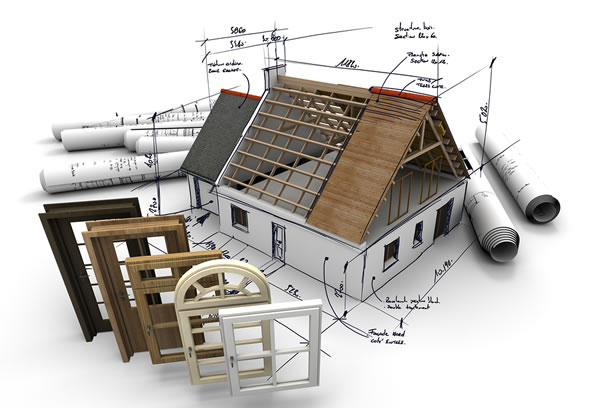
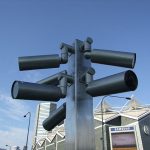









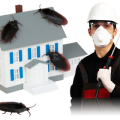











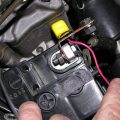






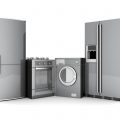
No Comments
Leave a comment Cancel